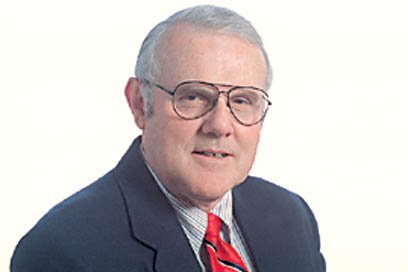Health care reform has been launched, but a medical care “iceberg” is directly in its path. The massive changes contained in the reform bill approved by Congress in March will add 32 million Americans to the insurance rolls. That responsibility contributes to the burden of primary care by doctors already overworked, underpaid and suffering under the growing responsibility of care. It raises questions about recruiting doctors, and their choices between internal medicine and specialty care.
Those factors will affect the medical care we all receive. A few weeks ago, Dr. Charles Plamp, former medical director of The Vancouver Clinic and my primary care physician, and I began a conversation about the future of medical care in America. First among trends is the shortage of family doctors. It starts with schooling. The University of Washington School of Medicine reported only 216 began first-year studies in September out of 4,266 who applied.
That’s part of the reason UW Medicine, the American Medical Association and others warn of shortages in internal medicine, family care and pediatrics. It’s also why the United States has been importing doctors from other countries, starting with India, which may be the world’s largest exporter of doctors. India’s export of medics to the U.S. alone was at 25,000 in 2006.
Presenters last fall at a Washington, D.C., conference of Health Resources and Services Administration pointed out more than 24,000 physicians will reach retirement age in 2017. The supply of physicians, especially primary care physicians, is growing, but not fast enough. About 26,000 enter practice each year. If 20,000 to 60,000 more doctors retire because the stock market is up, “we will be in trouble,” said Edward Salsberg, director of the American Association of Medical College’s Center for Workforce Studies. Predicted shortages of doctors by 2020-’25 run as high as 120,000.



